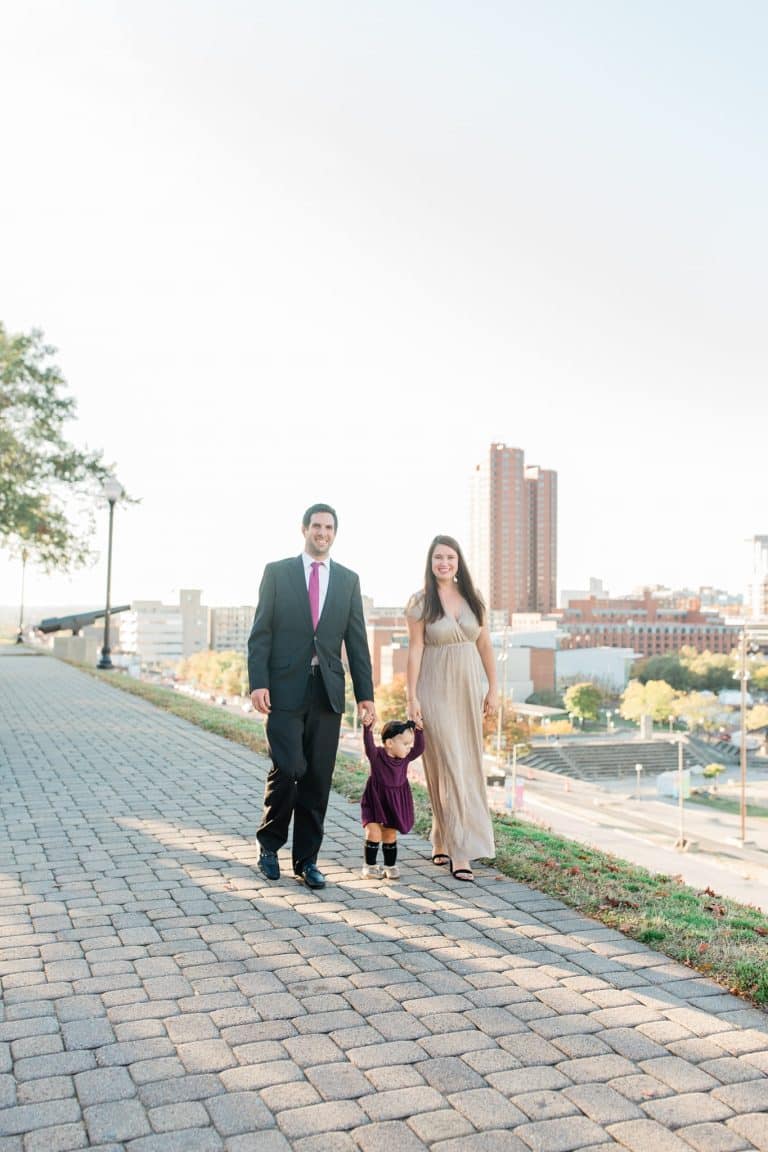Our Version Of The Dave Ramsey Zero-Based Budget
We started Financial Peace University by Dave Ramsey a few months ago and it has opened our eyes to putting value to every single dollar. During one of the lessons we were taught to think about every dollar that comes into your bank account. What would happen if you gave each and every dollar a purpose? Would you spend less on specific categories? Focus more on where each dollar was being spent? Start to impulse buy less and go without more? We have done all of the above and it is an awesome feeling.
For most of our newlywed life we haven’t had much of a budget. We contribute to our savings when there is extra money, have a 401k through work, and pay our rent and bills on time. But where does everything else go? We decided to take a month to figure out exactly what each penny was going towards and we realized a few things. We had a “life of luxury” that consisted of constantly eating out, buying silly things because Amazon made it seemed like we needed it and spent far too much money on cable.
We took this synopsis and the lesson from the FPU and figured out a budget. I love numbers (easy numbers- I am not a mathematician in anyway), figuring out problems and still finding a way to travel as much as we can. We are a little more future focused than we were this time last year and we have big goals that we want to achieve, we learned now is the time to start taking leaps towards this.
Dave Ramsey teaches about the envelope system and how it benefits you to actually feel yourself spending money rather than virtually giving your money to someone else. We aren’t really interested in this because our Southwest credit card is a money saver for us (read about how Dave flies for free every time we travel in this post– last year we didn’t pay for over 25 flights!) and we didn’t want to start having to budget more for travel. I have created a somewhat confusing method of a virtual envelope system with still using our Southwest, Target and Amazon card to save money and so far so good.
Here is our method to the madness.
Step 1- Create multiple accounts. This is where Dave thought I was losing my mind. I created several savings and checking accounts within our bank to double as virtual “envelopes”. I would be happy to go further into detail about what accounts we have and how we use them- let me know if this would be helpful and I will write a post!
Step 2- Every Dollar. I created a corresponding category for each account we have and use this to document how much money we have or have spent. We both use this app/website to track every penny we spend and assign it to it’s specific category. One way I use this a little backwards is for our savings accounts. When I transfer money into a specific savings account I add it as a transaction and the “remaining” is how much I still “owe” to that account for a specific month. Again, if you would like me to go into detail, let me know!
Step 3- Spreadsheets. Since I enjoy this process I take care of transferring money and paying off bills so once a week I go into Every Dollar and copy over each transaction, along with which category it was. I mark each transaction as reimbursed or not reimbursed to keep track of what I have paid off.
Step 4- Pay Off Cards. We get paid on the 1st and 15th so on those dates I total up the amount on our credit cards for each category and pay that portion off with money from the specific account. Always making sure our new balance is zero.
This method, though confusing at first, has really helped us keep track of our money and grow our savings accounts. I am really excited to be working harder to benefit our future while still making sure we enjoy the life we have right now.
Do you have a budget?





